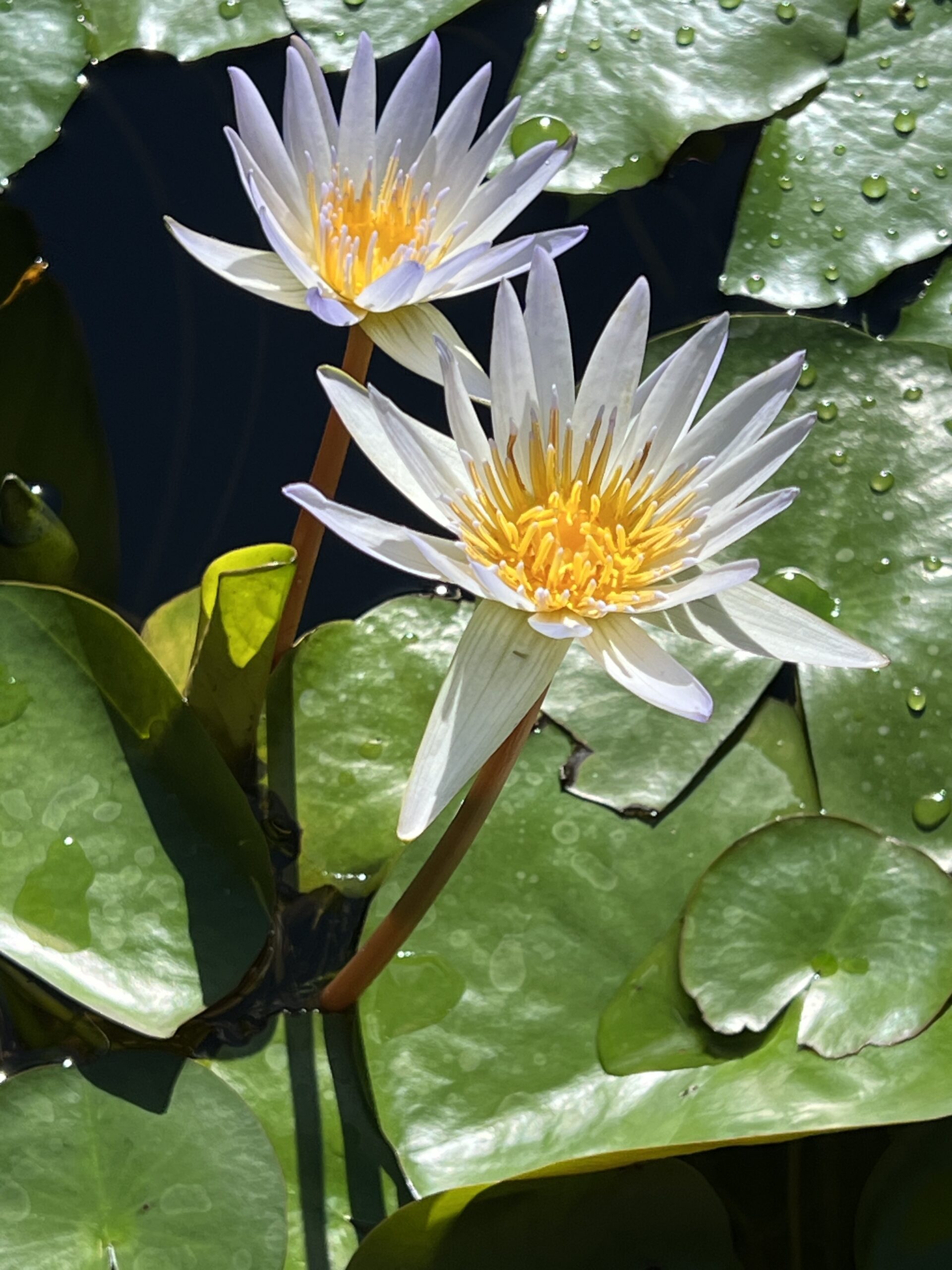BLOG 136
THE SPIRAL DANCE
“And the seasons they go round and round
And the painted ponies go up and down
We’re captive on the carousel of time
We can’t return we can only look behind
From where we came
And go round and round and round
In the circle game”
(Joni Mitchell “The Circle Game”)
For the past week I’ve had an annoying ear worm of the above lyrics. It pops into my head uninvited so frequently that I finally decided that if I couldn’t beat it (out of my head) I could at least join it (in today’s blog).
I find it interesting that Joni Mitchell’s lyrics echo what Hillevi Ruumet writes in Pathways of the Soul about the evolution of consciousness. Ruumet describes the Spiral Dance of psychological and spiritual development as a helical model (think DNA diagrams) in which an individual progresses from lower to greater levels of awareness not in a straight trajectory but in a series of advances and returns the way one might ascend or descend a winding staircase. In both Ruumet’s more Western and the Eastern spiritual philosophies (Hindu Vedanta, Buddhism) we are told that the individual journey follows a series of cycles or steps that could be equated with a dance between Ego (and the lower levels of awareness that it represents), and the Higher Self (or transpersonal realm) that is beyond our individual mind and body but is still very much ‘with’ us.
In Ruumet’s model, the lower three levels (or chakras, in Kundalini yoga) correspond with matters of security and survival (1st), kinship circles (2nd) and personal agency or power (3rd chakra). In an ideal world we would graduate from these three developmental or evolutionary stages having fully understood the lessons and learned the necessary skills to lead healthy, productive and well-adjusted adult lives. In the real world, we seldom graduate to the higher levels of awareness without leaving what Ruumet calls “trailers” behind. Thus the psycho/spiritual journey is one of going back and clearing up old baggage, or developing latent skills and abilities that belong to the relevant center.
As Ruumet writes:
“The overall goal of return is psychospiritual integration and involves maintaining vertical [spiritual] and horizontal [psychological] balance as much as possible, so that with each step we take towards the Divine, we take with us the fullest human development of which we are capable at that time. The idea is to leave as little unfinished business as possible, which will also make the inevitable return cycles less of a “clean-up operation” and more of a positive integrative experience. This process may be slow but it is solid.”
If, for instance, we were bitten by a dog as a young child, we might embed a deep fear of dogs in our (1st chakra) survival center, and forever deprive ourselves of a ready source of affection and loyalty. Only when we test our hypothesis that ‘all dogs are dangerous’ will we be free of our fearful reactivity.
Similarly, if, in our nuclear family, we did not receive the love and support that a “healthy” child needs, we might embed in our kinship center (2nd chakra) a lifelong distrust of others, or suffer from a crippling lack of confidence in our ability to sustain loving relationships. A return might look like gradually opening up to others, risk exposing our vulnerability in order to foster more meaningful relationships.
In the 3rd or Egoic/power center, an early lack of success in meeting our emotional needs can be perverted into a hyper-controlling, win-at-all-costs attitude that takes hostages of everyone we meet. A return to this center may mean letting go of control in favor of synergy and collaboration. On it goes up and down the spiral depending on what lessons we need or skills we need to develop.
Ruumet sums up the journey as follows:
“To grow into our fullness, to become the unique, multi-faceted human beings we were meant to be, and then to take that exquisite jewel back “Home” as our gift to the Divine, is our life’s challenge, its problem and its glory. To borrow from T.S. Eliot, May we all, with Divine guidance, “arrive where we started, and know the place for the first time”.
Aum Namah Sivayah
